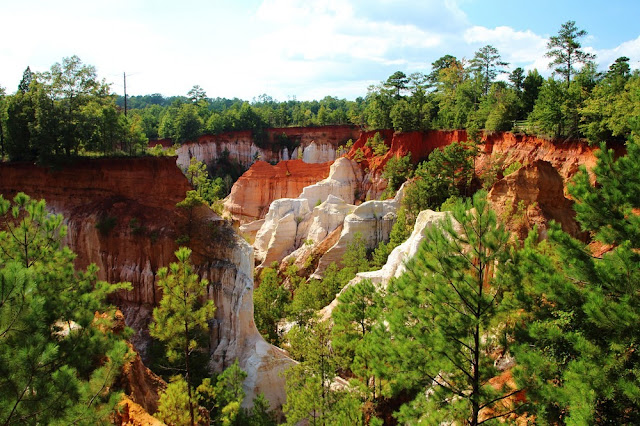In the initial thoughts, you
would probably listen about the unimagined beauty of Maldives. But, what you
have heard is that really Garbage Island in Maldives? Yes, millions of tourists
and four hundred thousands of permanent residents dump garbage each day. They
dump it into another island of course. What does an island with not a speck of
land to spare do to get rid of garbage? The spectacular tropical island of
Maldives is famous for its sandy beaches, luxury accommodation and turquoise
waters. However, very people know the drawback of dirty side of Maldives.
As per official statistics, a
single tourist produces 3.5kg of garbage a day, twice as much as someone from
Malé and five times more than anyone from the rest of the Maldives archipelago.
The landfill island is a sort of eerie, beautiful apocalyptic art piece.
Instead of looking at this wasteland is really horrific. The west of Male’ we
could clearly see the thick cloud of smoke that endlessly leaves Thilafushi and
disperses ever so gently into the blue sky.
The Thilafushi, the location
of Maldives’s municipal landfill few miles west of Male is the capital of
Maldives and most densely populated islands on earth. Thilafushi, an artificial
island 7km from the capital, is nicknamed Rubbish Island. You would be amazed
to hear, that Thilafushi was not even an island and not always a garbage
island. Somewhere 25 years ago, Thilafushi was a pristine lagoon called
“Thilafalhu”. However in 1991 a decision was taken to reclaim the lagoon as a
landfill to address the ongoing problems of waste disposal generated by tourism
industry.
Hence within few months the
garbage started to thrive here. Massive pits were dug into the sand and waste
received from Male and other inhabited islands of Maldives were deposited into
the pits. Then topped off with a layer of construction debris and then
uniformly leveled with white sand. Much of the rubbish comes from the luxury
resorts which, reportedly, do not follow the rules on crushing their waste. In
a BBC report in May 2012, the island of waste was described as
"apocalyptic" A local environmental organization “Bluepeace”, charges
that used batteries, asbestos, lead and other possibly hazardous waste, mixed
with the municipal solid waste from Malé, is seeping into the water and creating
severe ecological and health problems in the Maldives.
Thilafushi, obvious that this island isn’t like any other
island in Maldives. There were NO white sandy beaches, swaying palm trees,
grass huts or crystal clear turquoise water. As Thilafushi’s landmass started
to grow, the Maldives government started leasing out land to industries such as
boat manufacturing, cement packing, methane gas bottling and many large scale
warehousing. So these days more than three dozen factories at Thilafushi, and homes
of 200 Bangladeshi migrants who sift through the 330 hundred tons of waste that
arrive on the island each day.
The routine is for mainly
Bangladeshi workers to sift through the trash to look for materials their
employers can sell. Therefore, much is being deposited that the island is
developing by a square meter each day. One of drastic effect is, some of the
waste is now drifting into the ocean and getting washed at Male’s beaches and
polluting many dive sites around the region. Environmentalists also accuse
impatient boatmen of dumping waste directly into the lagoon because proper
unloading could take up to seven hours. Further waste became such a big problem
that the government once banned dumping garbage on the island in 2011.
A little chunk of the waste is
now getting exported to India to be recycled. However, these images show the
darker side to the Maldives - with huge amounts of rubbish washed up on the
island’s pristine sands. It saddens that islands are being trashed all over the
place. Some of beaches are magnets for the world’s trash. The currents bring in
debris literally from all over the world. It needs to stop because Thilafushi
islands and the sea life are paying a heavy toll.
Presently this is a big
problem but the country relies on bottled water for health and hygiene. The
Garbage Island to take care of the rubbish and it's plume of smoke as you fly
into Male. Many local islands have a garbage problem at the high tide line too.
The culture is not educated in the ways of proper rubbish disposal and dropping
litter is widespread. Just like the rest of the world, they all have to learn.
A plastic recycling company
needs to create an agreement with the government to collect the plastic,
educate the people and create a "greener" environment. The Maldives
may claim to be the first carbon neutral Country but in reality they have
isolation and bad infrastructure for waste management. They need help! Let's
not forget the waters really are that clear, the sea life really it's that
amazing, tourism is their life blood- let's not ruin that!
























































